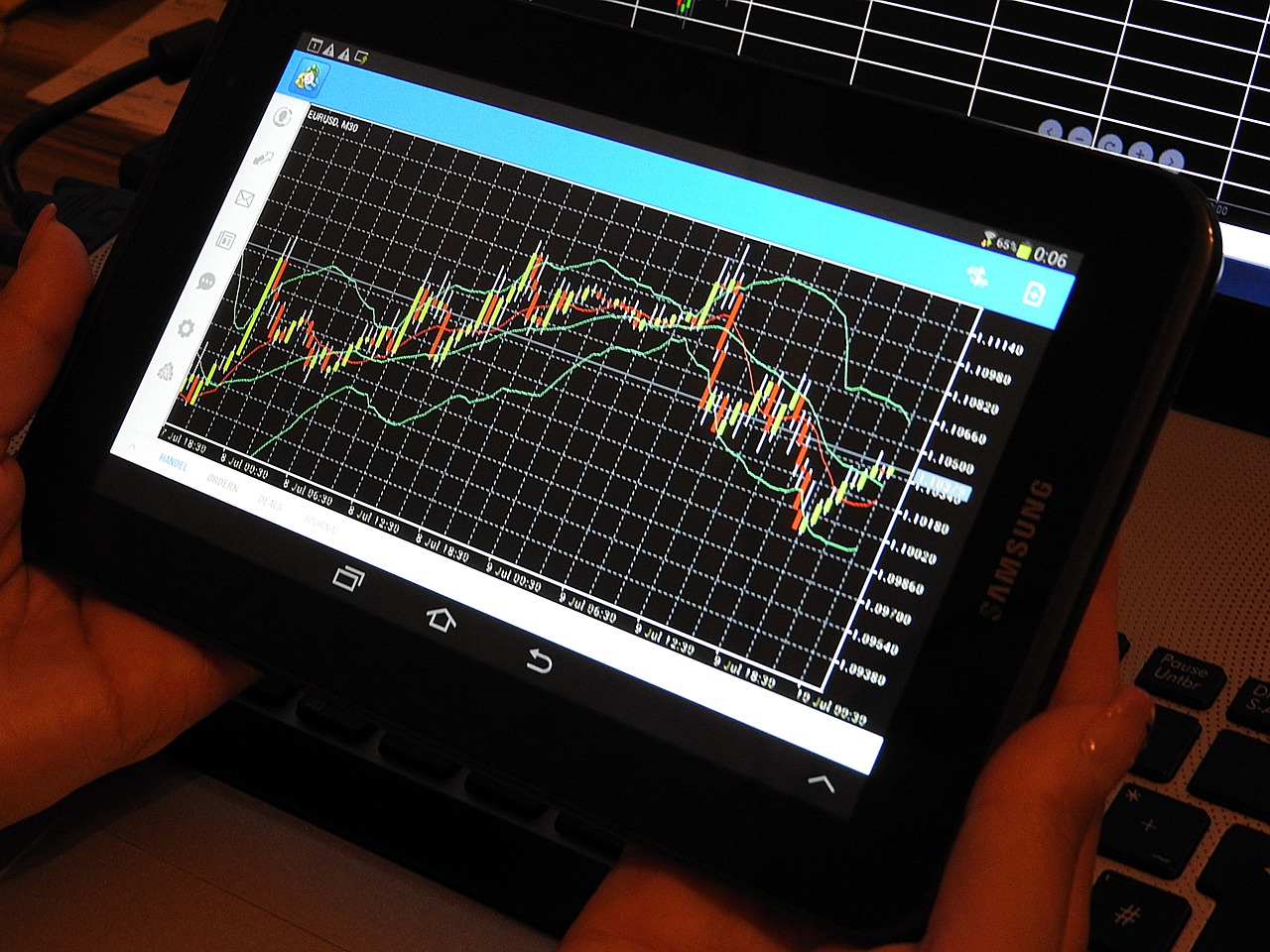Asia-Pacific Markets Record Declines With China In The Lead

On Friday, shares in Asia-Pacific markets declined as investors were still digesting the economic data from the United States, along with Chinese retail sales and industrial production numbers for August that turned out to be beyond expectations.
China’s markets
Mainland China’s Shenzhen Component trimmed some of its losses after the release of the data but extended them once more later in the day.
It ended up closing lower by 2.303% at 11,261.50, while a 2.3% drop was also seen in the Shanghai Composite which saw it reach 3,126.40.
Overnight, there was also a weakening in the offshore Chinese yuan past 7 against the US dollar and it was the last trading at 7.03.
The morning trading session in Asia also saw the onshore yuan cross the 7 levels after the daily midpoint was set at 6.9305 by the People’s Bank of China (PBoC) against the US dollar.
The onshore yuan was the last trading at 7.0187 against the greenback.
Other Asian markets
There was also a 1.11% drop in the Japanese Nikkei 225 which saw it come down to 27,567.65, while a 0.61% fall was also seen in the Topix index that brought it down to 1,938.56.
As far as the Australian markets are concerned, the S&P/ASX 200 had shed 1.52% for the day, which brought it to 6,739.10.
A 0.79% fall was also seen in the South Korean Kospi index, which brought it down to 2,382.78 and a 1.45% loss in the Kosdaq brought it to 770.04.
There was also a 0.8% fall in the Hang Seng index in Hong Kong in the final hour of trading. A 1.39% drop was recorded in MSCI’s index of Asia-Pacific shares not including Japan.
The US markets
Overnight trading in the US markets saw a 1.43% drop in the Nasdaq Composite, which brought it down to 11,552.36.
A 1.13% fall was also seen in the S&P 500 which saw it reach 3,901.35, while a 0.56% decline in the Dow Jones Industrial Average saw it lose 173.27 points to reach 30,961.82.
This is the lowest closing value it has hit since July 14th. Market analysts said that risk-sensitive and equities markets would struggle once it becomes apparent that inflation pressures in the US are embedded.
The morning trading session in Asia saw the 2-year US government bond yields reach 3.901% before they came down to 3.8921%.
This is the highest level that has been recorded since 2007. As for 10-year US government bond yields, they were last at 3.4567%, after they had hit 3.459%.
30-year US government bond yields declined to 3.4743%.
Oil prices rise
On Friday, there was a rise recorded in oil prices, after they had dipped 3.5% to reach a weekly low in the last session because of worries about demand.
There was a 0.4% rise in Brent crude futures, which saw them reach $91.20 a barrel, while a 0.28% rise was recorded in US West Texas Intermediate, which pushed it up to $85.34 a barrel.




















